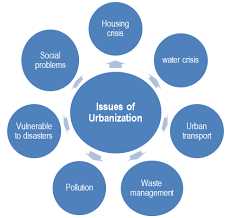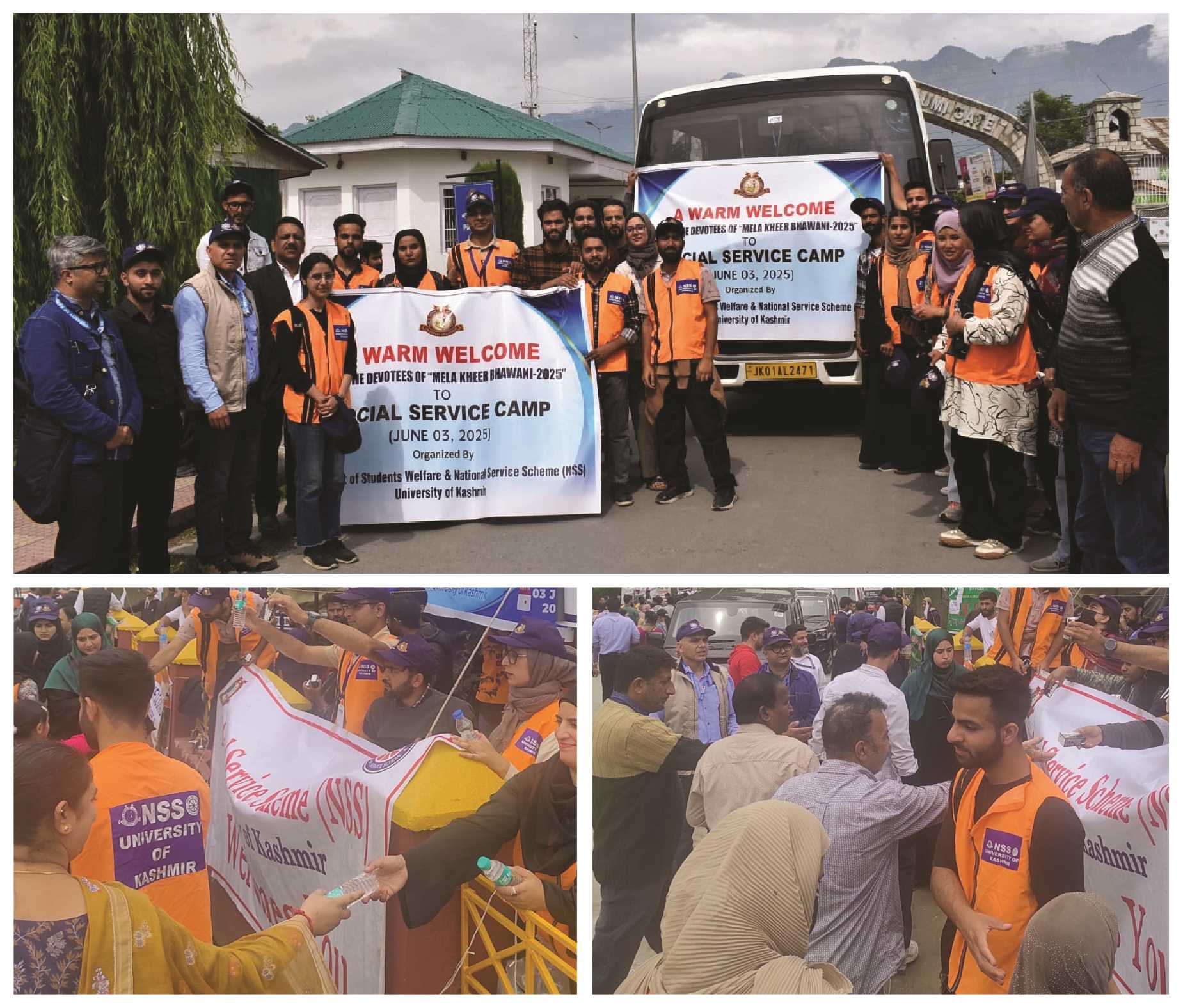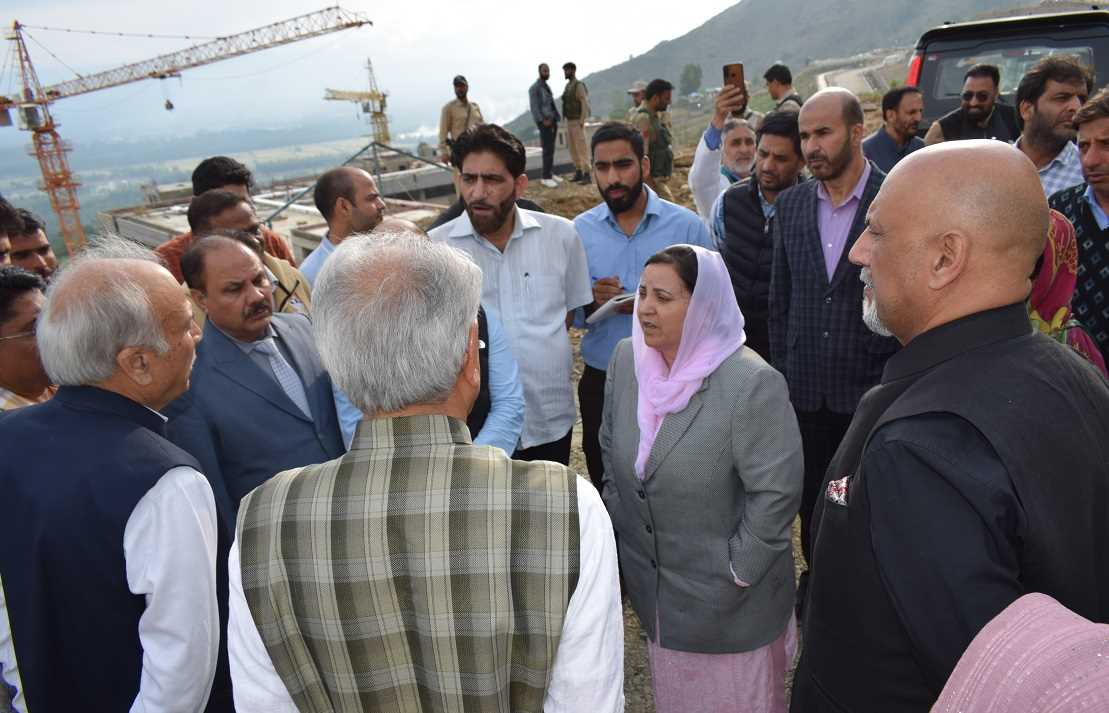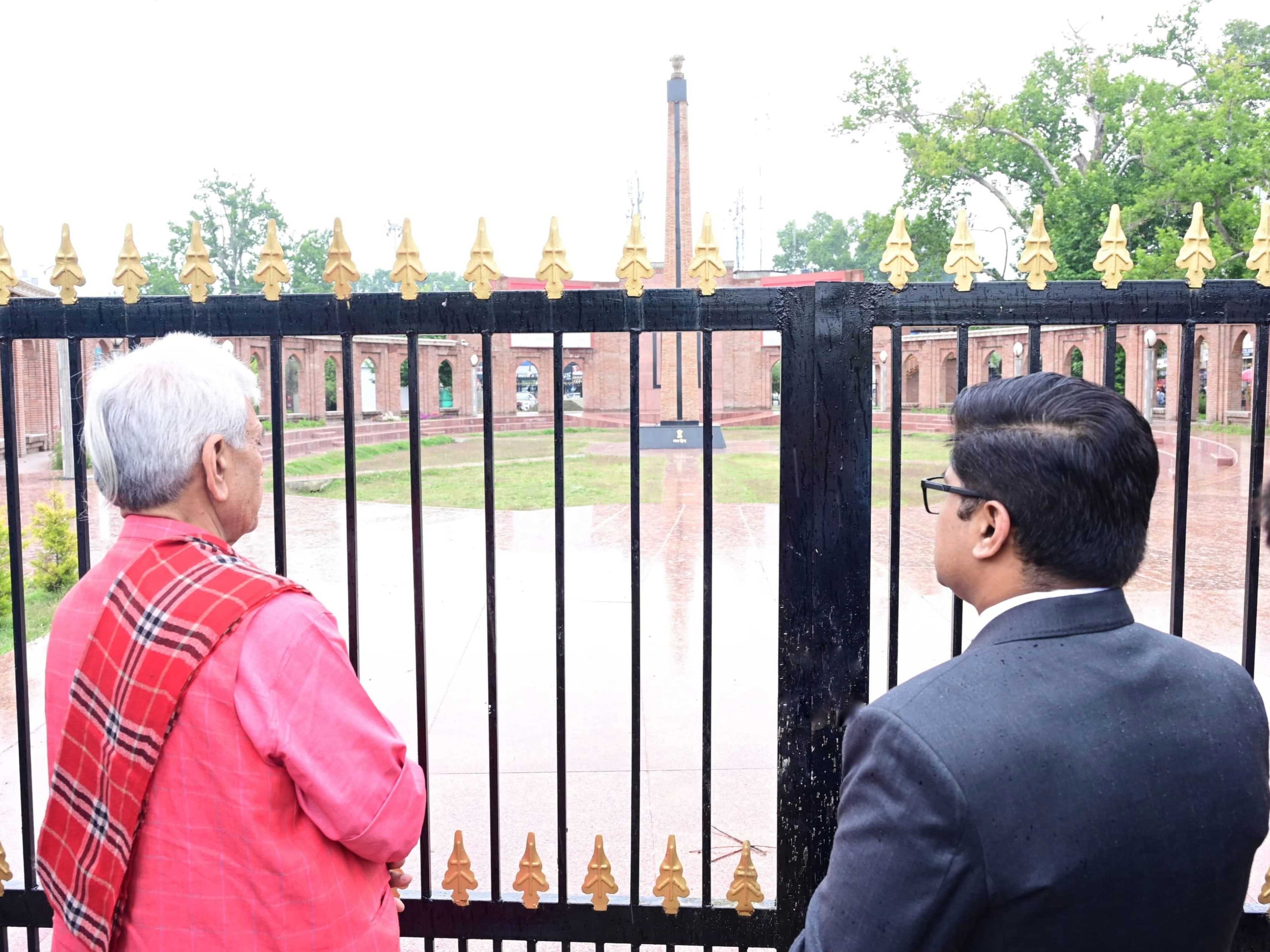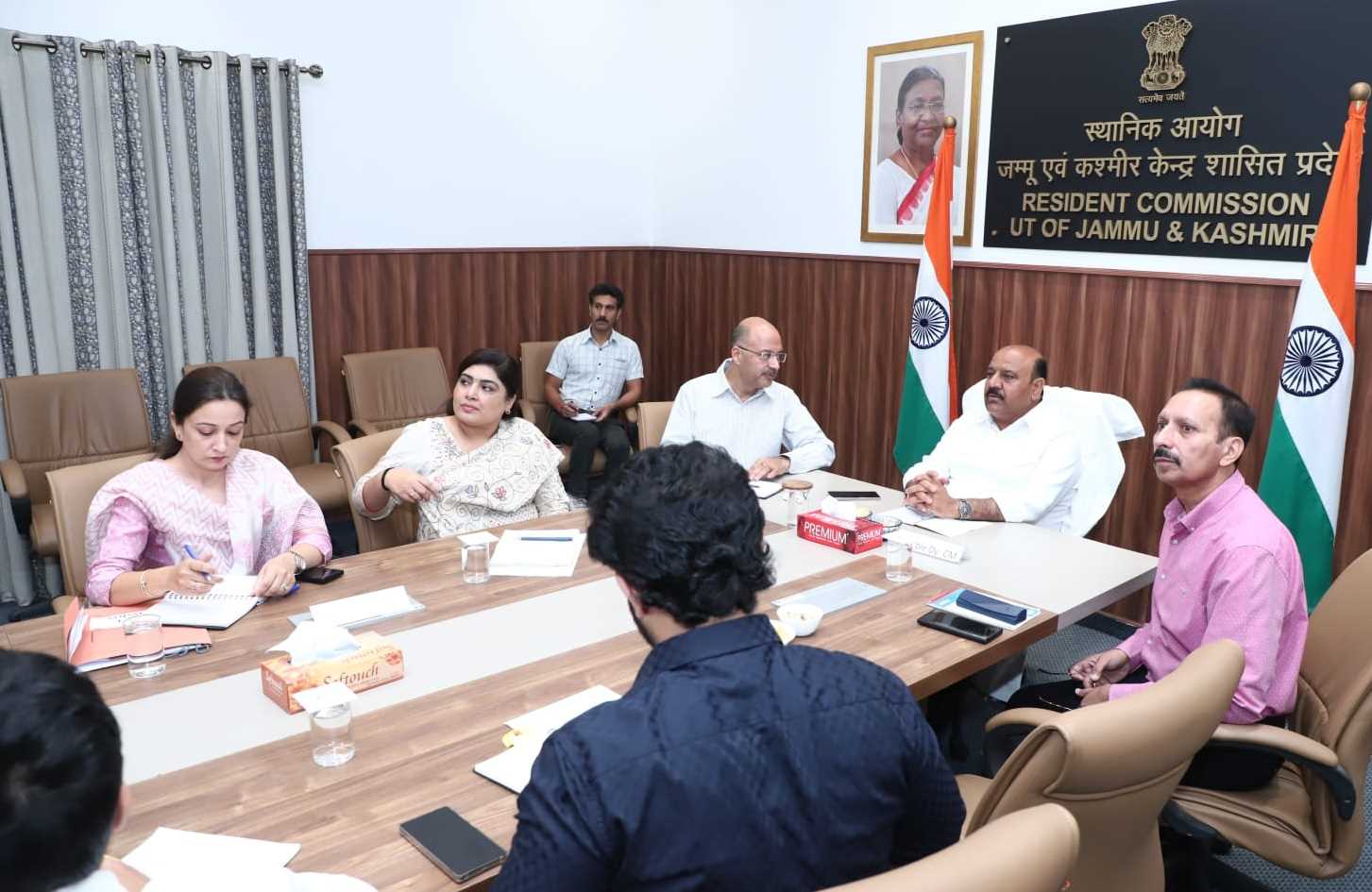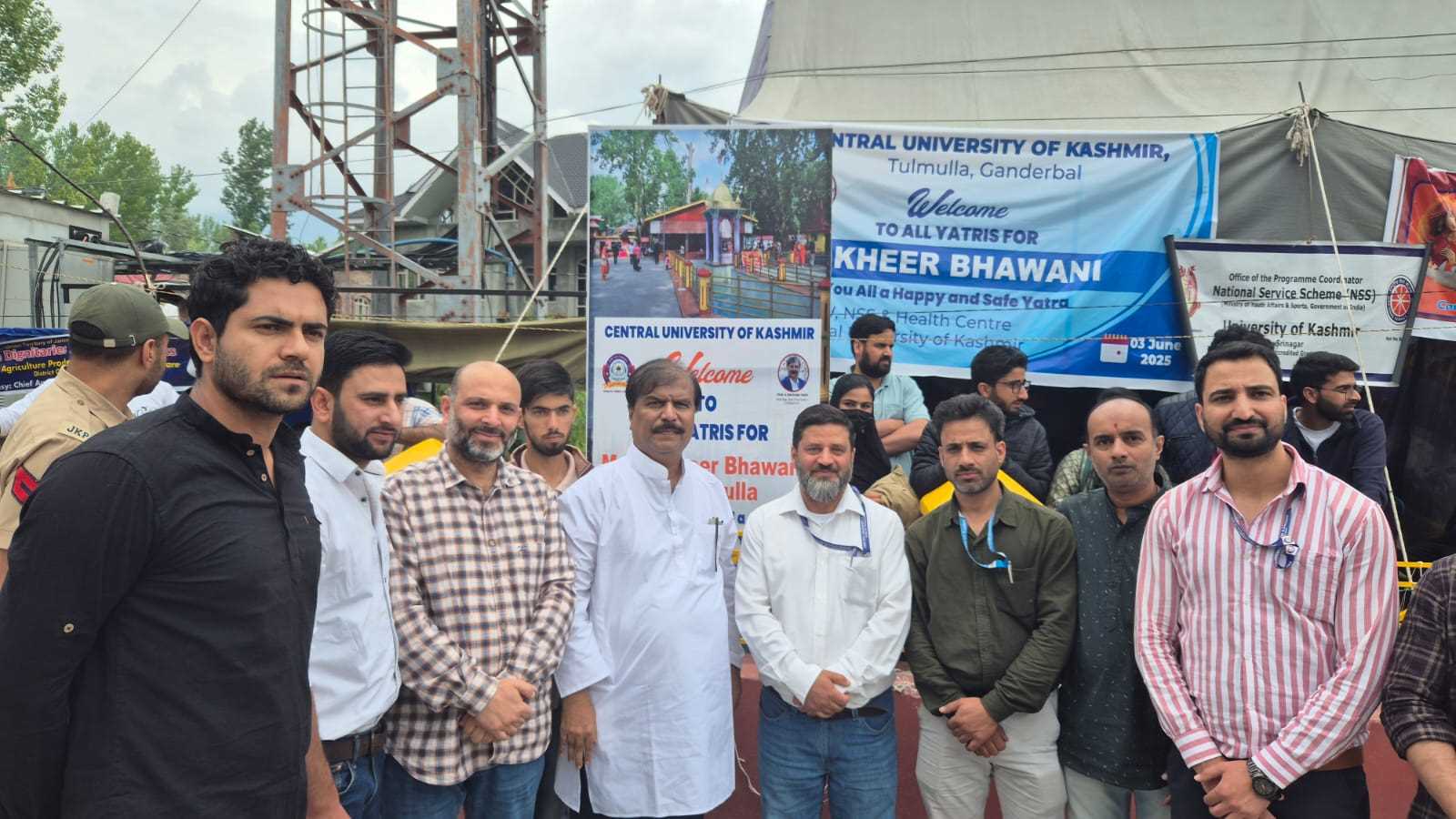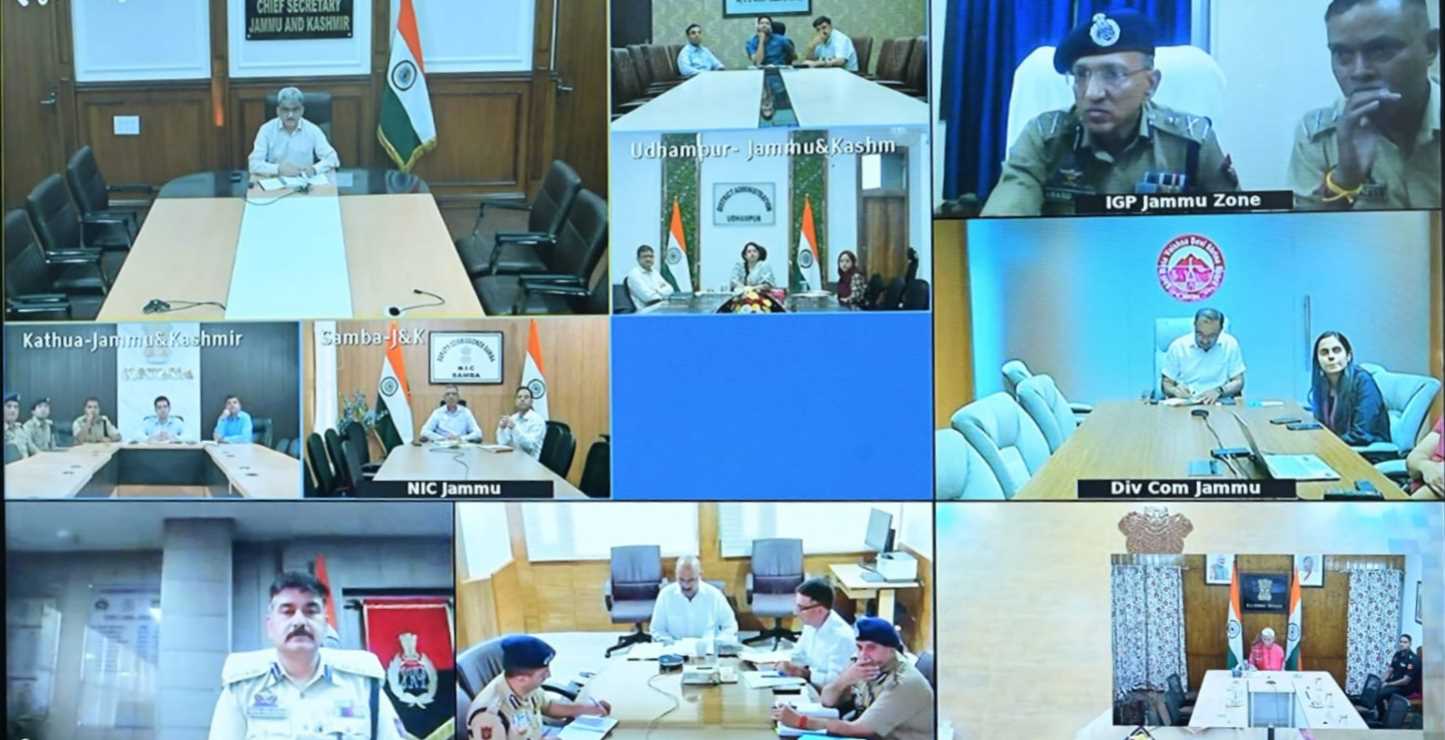For years, developers, investors, and the general public have grappled with persistent challenges that continue to impede the growth and efficiency of the urban development and real estate sectors in our region. These longstanding issues, if left unaddressed, risk stunting economic progress, limiting housing opportunities, and undermining the potential of our cities and towns to thrive in a modern, sustainable manner. After extensive discussions with stakeholders, we have identified key bottlenecks and propose a series of actionable policy reforms to unlock the region’s potential, foster sustainable development, and boost economic vitality. From town planning hurdles to tourism development concerns, the time for change is now.
One of the most pressing issues lies in consistent failure to formulate and implement the town planning scheme, which has become a significant barrier to progress. Many areas viable for planned developmental projects fall under restrictive town planning designations, effectively stalling new initiatives. This limitation not only frustrates developers but also deprives our cities of opportunities to enhance infrastructure, create jobs, and improve the urban landscape. To address this, we urge policymakers to open these designated areas for development, supported by a robust policy framework. Such a move would require strict environmental regulations to minimize ecological impact, coordinated infrastructure planning with utility providers and transportation authorities, and a focus on affordable housing initiatives to ensure diverse communities benefit. Public participation is also critical—local residents must have a voice in shaping developments to meet their needs. By adopting these measures, we can transform our urban spaces, stimulate economic growth, and create a more inclusive environment.
Housing projects, too, demand a fresh perspective. Current policies restrict mixed-use developments, particularly for projects with access from main roads wider than 15 meters, unless the road falls within a specific category. We propose revising this policy to allow mixed-use development regardless of road designation, provided the access road meets the width requirement. This adjustment aligns with modern urban trends, encouraging vibrant, multifunctional spaces that combine residential, commercial, and recreational elements. Such flexibility would enable more developers to contribute to dynamic urban spaces, fostering communities that are both livable and economically viable.
Another critical area for reform is the Floor Area Ratio (FAR) and Maximum Ground Coverage policies. The current limits constrain developers, reducing project viability and limiting the creation of diverse housing options. By increasing the FAR and ground coverage, policymakers can grant developers greater flexibility in design and construction. This change would not only lead to more livable spaces but also allow developers to offer properties at more reasonable rates, making homeownership accessible to a broader segment of our community. With growing demand for housing and commercial spaces, optimizing land use through these adjustments is essential to meet the needs of our population while ensuring efficient urban planning.
The policy on Change of Land Use (CLU) also warrants reconsideration. At present, the charges for changing land use lack consistency and fail to reflect the true value of properties across different areas. We recommend aligning these charges with circle rates—the government-notified benchmark for property values in each locality. This approach would ensure fairness, transparency, and standardization, reducing discrepancies and potential conflicts. Furthermore, we suggest setting CLU charges at a minimum viable rate to encourage more developers to undertake new projects. Lowering these costs could act as a catalyst, spurring construction activity, increasing the volume of applications, and ultimately boosting revenue for the department. Importantly, CLU charges should not apply to common areas such as landscaped green spaces, public or semi-public areas, roads, parking, or facilities like banquet halls, fitness centers, and places of worship. Instead, charges should be limited to built-up areas, ensuring a balanced and equitable system.
Construction permissions present another area ripe for reform. The current three-year validity period for these permissions often proves inadequate, particularly in regions like ours where harsh winter conditions can halt construction for three to four months annually. Extending the validity to five years would provide developers with the flexibility needed to navigate weather-related challenges and deliver projects on time. This simple adjustment could prevent delays, reduce financial strain, and ensure the timely completion of critical developments.
Similarly, the Right of Way (ROW) for small housing projects requires adjustment. We propose setting the ROW at 20 feet wide and allowing mixed-use developments in line with these specifications. These changes would enhance project feasibility, promote efficient land use, and support community growth by encouraging diverse, well-planned developments. Such reforms would empower developers to create spaces that serve both residential and commercial needs, fostering vibrant neighborhoods.
The pending Master Plan review is another critical issue demanding urgent attention. The delay in finalizing this review has left developers in limbo, unable to commence new projects vital for community growth. While we acknowledge the complexities of the process and appreciate the diligence of the authorities, an expedited review and approval would benefit all stakeholders. A finalized Master Plan would provide clarity, unlock development potential, and pave the way for sustainable urban progress.
For larger developmental projects, additional considerations are necessary. These initiatives often require extended timelines to ensure successful completion. We propose granting such projects longer execution periods and allowing developers to pay fees in a phased manner. This approach would alleviate financial burdens, enabling smoother project progression and encouraging sustainable, well-planned development. Additionally, special concessions should be offered for buildings designed to be environmentally friendly and energy-efficient, incentivizing green construction practices that benefit both the community and the planet.
Tourism, a sector with tremendous potential in regions like Kashmir, also demands careful attention. Developing new tourist areas offers significant opportunities but requires a balanced approach. Preservation and promotion of local heritage, culture, and traditions must be prioritized, as these elements are powerful draws for visitors. Buffers around heritage sites should adhere to UNESCO heritage buffer laws to protect these invaluable assets. A prime example of untapped potential is the vital road, over 100 feet wide, stretching from the back of Nishat Garden to Harwan Garden in Kashmir. Overlooking the picturesque Dal Lake, this route holds immense promise for tourism development. A pedestrian walkway and cycling track could be developed along this road, keeping it free from encroachments while enhancing its appeal. Yet, this opportunity remains ignored by authorities, a missed chance to boost the local economy and showcase the region’s beauty.
Eco-tourism is the need of the hour, and preference should be given to developers and investors committed to such ventures. However, all development must balance economic gains with environmental preservation, especially in ecologically sensitive areas like Kashmir. Unregulated tourism has already taken a toll on the region’s fragile ecosystem, and experts warn that Kashmir’s natural beauty could crumble under the weight of its own popularity. Robust policies must ensure that tourism growth does not come at the expense of the environment, with strict regulations and sustainable practices guiding every project.
Finally, the issues outlined—ranging from town planning constraints and housing policy limitations to land use charges, construction timelines, and tourism development—represent critical barriers to progress. The suggestions presented, born from discussions with stakeholders, offer a roadmap for reform. By opening town planning areas for development, revising policies for mixed-use projects, increasing FAR and ground coverage, aligning CLU charges with circle rates, extending construction permissions, adjusting ROW standards, finalizing the Master Plan review, supporting larger projects, and promoting sustainable tourism, we can unlock the region’s potential. These changes would not only address the concerns of developers and investors but also enhance the lives of residents, boost the economy, and preserve our natural and cultural heritage. We look forward to prompt attention to these matters and collaborative efforts under the guidance of policymakers to drive meaningful change. The time to act is now—our region’s future depends on it.
Email:---------------------- hamwani24@gmail.com
